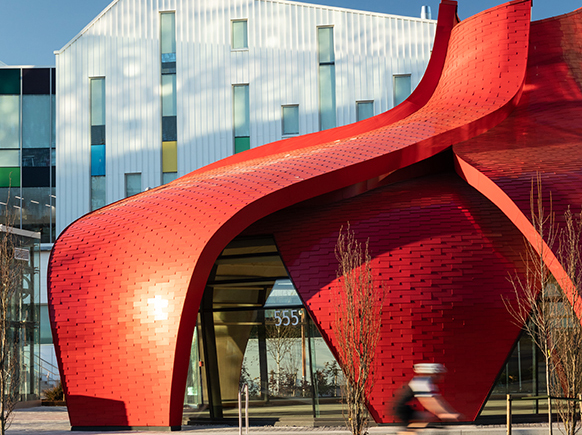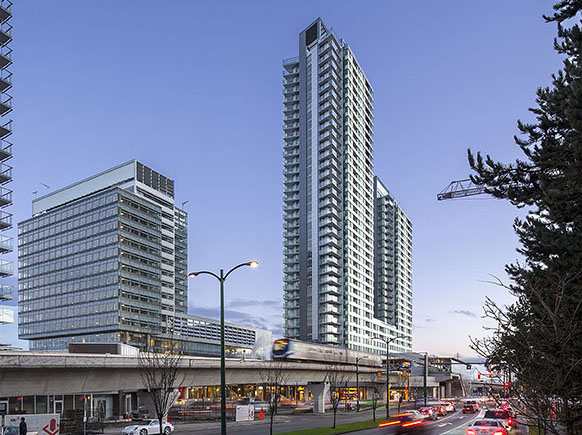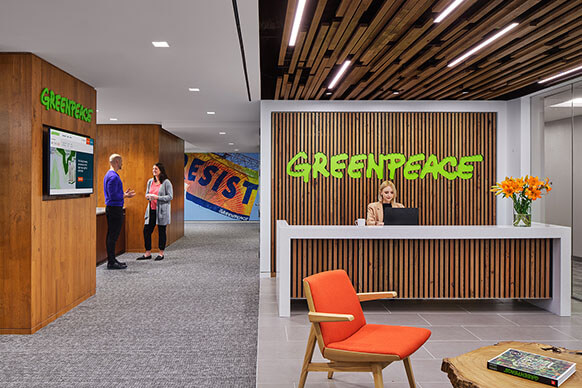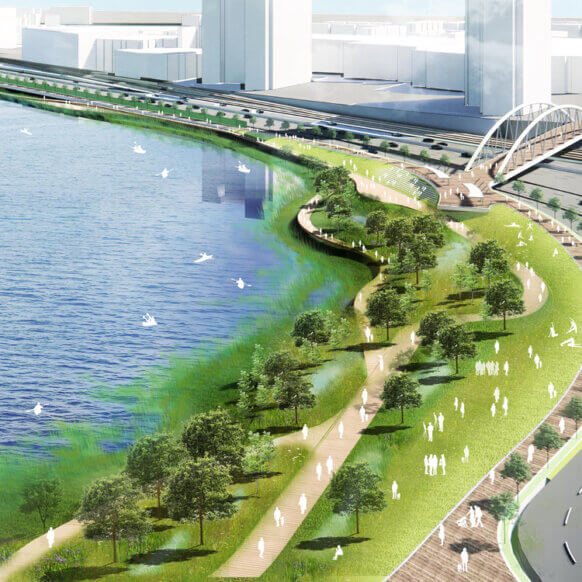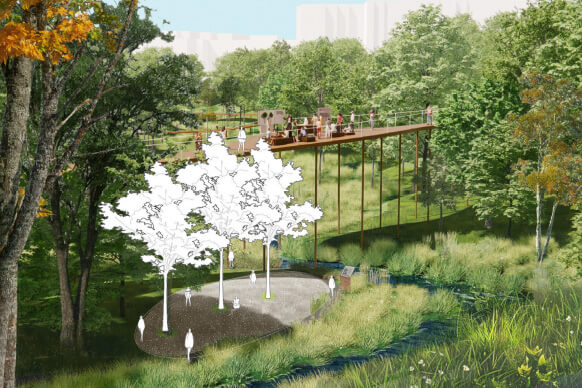Tomorrow, our Washington, D.C. office, in collaboration with Metropolis, will host “It Takes a Village: The Role of Community in Designing for Resilience.” The Think Tank discussion, featuring Perkins&Will’s Yanel de Angel and Armando Nazario, will introduce ResilientSEE, a global alliance that is raising awareness about resilience and discussing how our industry can address it through planning and design. In this vein, last week, I contributed an article to the Washington Business Journal about how architecture can (and must) address climate change.
Read below for an excerpt:
From hurricanes to wildfires, the nation is experiencing a dramatic uptick in disasters attributable to climate and weather. The number of incidents that rack up a $1 billion or more cost in damages continues to climb each year. Just this month, Hurricane Florence posed a serious threat to the East Coast with millions of people evacuated in the Mid-Atlantic. However, evidence of climate change isn’t found in major disasters alone. Right here in our region, Prince George’s County Schools recently closed early for several days due to extreme heat. The Fairfax County courthouse flooded because of heavy rainfall. King Street in Alexandria turns into a lake when the Potomac River overflows its banks.
Nature is unstoppable. Even if humanity could grind global warming to a halt, stop polar ice from melting, and save all endangered species, we would not be able to prevent a measure of destruction from extreme weather. Water falling from the sky joins surface and ground waters and cascades into rushing rivers. Heat waves can’t be doused. Winds cannot be wound down. We may slow the frequency of incidents and perhaps predict them with more accuracy, but we simply cannot divert the forces of nature.
As a society, we have the opportunity and ability to take steps now to mitigate risks from weather extremes. We must design and plan with resilience in mind. To do that requires buy-in from civic leaders, policymakers, property owners, urban planners, architects, interior designers, engineers and others who work in the realm of creating environments. The work will take an understanding of natural and built systems and identification of synergies between the two. It will also take the acceptance of a central goal – protect health, safety and welfare in the face of climatic crises.
To continue reading, visit the Washington Business Journal.
